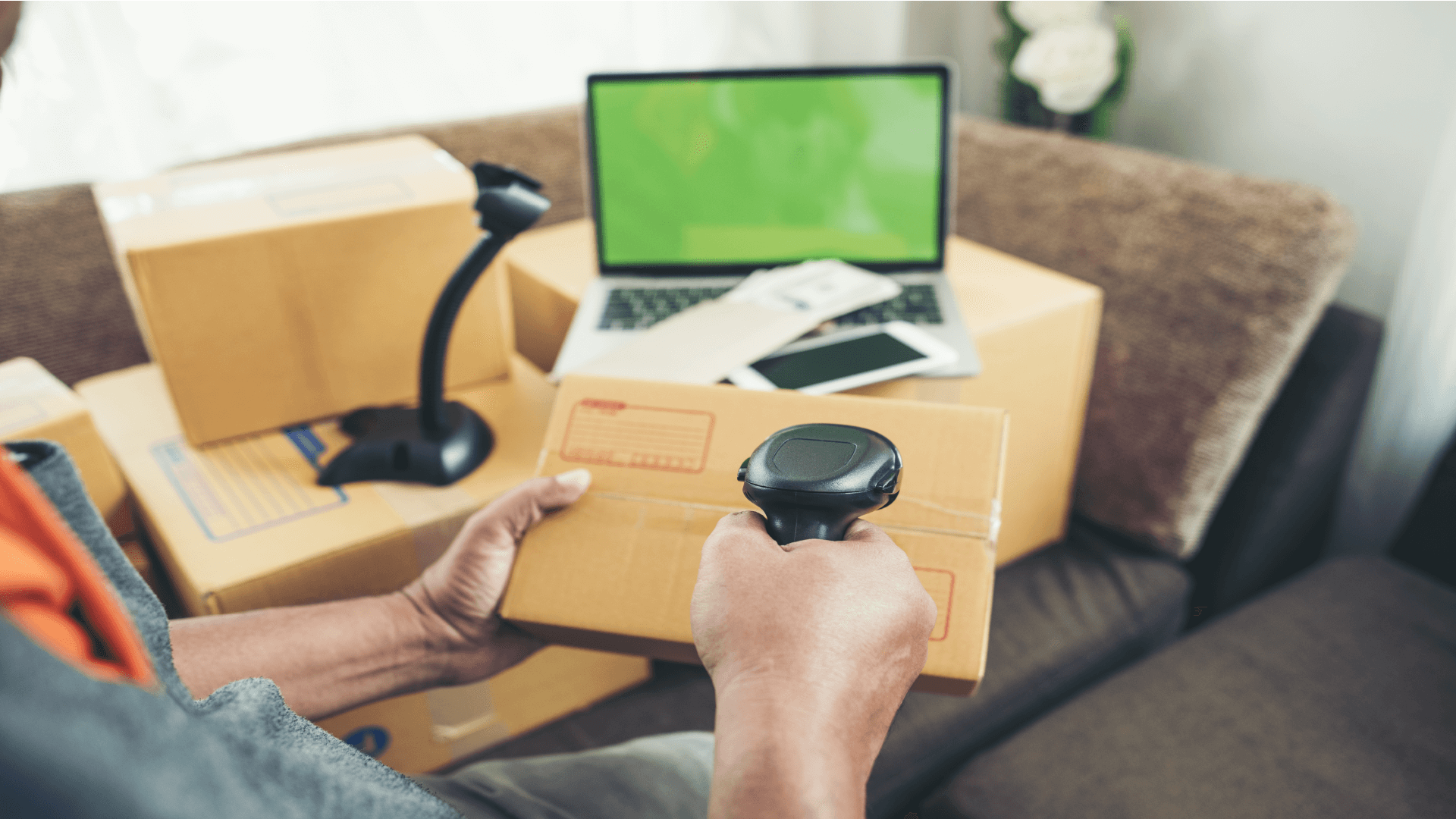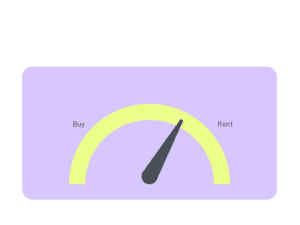What Factors Should Be Considered for Labeling Rental Business Equipment?
It’s a major decision to decide to use QR codes to designate your equipment. The advantages of scanning and tracking your equipment inventory outweigh the time and financial investments made in doing so.
You can decrease the loss and theft of pricey equipment using scanning and GPS tracking of your rental equipment. Additionally, scanning lowers human data input errors and contributes to the continuous collection of historical data, enabling wise business decisions to be made regarding equipment.
Since there isn’t much room on labels, give the information you wish to include some thought. Although there isn’t a defined method for keeping track of rental assets, it’s advisable to follow a few rules. Include the following components at the very least when creating labels for your rental inventory:
Consider Barcode Types & Sizes
Firstly, you have to consider the barcode types and sizes for equipment labeling and tagging. The most helpful component of an asset label is the barcode. While some are shorter and more compact than others, there isn’t always a better symbology for rentals.
For instance, you can apply Code 39, or Code 128. Most significantly, the standard UPC and EAN barcodes you see on the majority of retail merchandise are common variants. Make sure to consider size when choosing your symbology.
The label could be impossible to read if you choose one that is too small. If you select one that is too large, it could be challenging to scan the tag up close. Code 128 is a little bit more condensed than Code 39 when space is at a premium. To enable effective scanning, Code 128 needs a high-quality printer.
Remember! You can try different types and sizes, just need to consider which one will be compatible with your rental business.
Include Unique Identifier
A distinctive identification number is required to distinguish one product (or product category) from others. Your numbering sequence should be reliable and simple for a human reader to understand.
Being able to identify your rental equipment is crucial if you want to improve the efficiency of inventory management. While some companies employ a numerical sequence, others distinguish their identification by adding letters. Alphanumeric codes like B02768 or C26275, but you might make them more recognized by using acronyms like “CG” for camera gear and “MB” for mountain bikes.
For instance, you could even mix your SKUs and identifiers to create “SON-FS7-03” for a Sony FS7. Your numbering sequence won’t necessarily change if you utilize barcodes in your inventory management process because it’s still advantageous to maintain your identifiers, well, are easy to identify.
Consider Color Categorization
Finding the correct equipment might be difficult when there are so many things to handle. When that happens, colors are a useful additional component.
Your team can rapidly classify products when clients pick up and return their equipment by color-coding your assets, which expedites checkouts and returns. They benefit both your customers and coworkers.
Don’t Forget to Include Your Company’s Logo
Instead of simply mentioning that a piece of equipment belongs to your rental company, having your brand’s emblem makes you more noticeable.
The likelihood of finding lost or stolen rental equipment rises when you include your logo or at the very least the name of your business.
Include Barcode Scanning
Any effective rental management process is built on barcodes. Manual data entry becomes onerous as stock levels rise, and processing orders becomes time-consuming. Consider the time required to manually specify the objects you are handing out when reading an identification. It significantly reduces productivity.
With a barcode scanner, your checkout and return procedures go considerably more quickly, and as a bonus, errors are minimized.
Related For You: Most Common Barcode Types
Closing Thoughts
The foundation of any rental business is equipment tracking. Keeping organized takes more work as your rental inventory starts to change. When that occurs, it’s time to think about identifying your rental equipment and employing a barcode scanner to manage inventory and conduct equipment labeling.
You are defending your company against more than just equipment theft and loss when you invest in asset tags. Additionally, labels ensure that colleagues can locate the appropriate equipment more quickly while also minimizing human mistakes.



